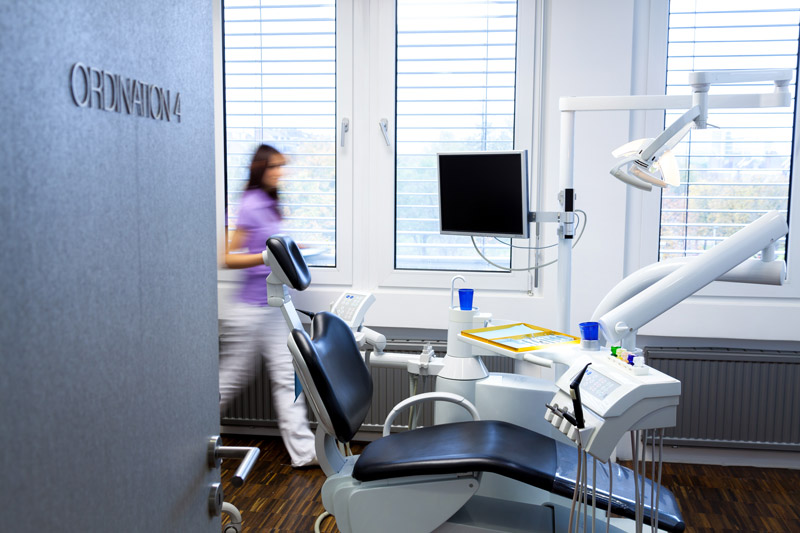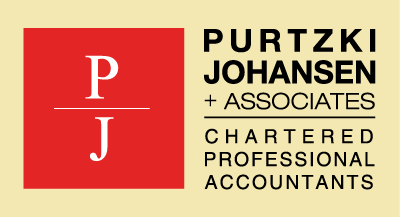
You keep track of the number of new patients coming through the front door, but you are likely not counting the patients leaving the practice through the back door.
If you are getting 20 new patients monthly but your revenues stay flat, it is safe to assume that about the same number patients left the practice.
There are some patients that leave in any event, e.g. they are just moving away. Patient attrition is not beyond your control. According to Dr. Brett Wells, you combat attrition by focusing on patient retention. In the June issue of Dental Economics he suggests three strategies to reduce patient attrition.
- See your patients on time. It’s a daily struggle to balance between keeping your schedules full and at the same time giving your patients a great experience with little wait time.
Studies show that for every 10 minutes you keep your patient waiting, there is roughly a 10% reduction in the likelihood that the patient will recommend your practice to a friend. Patients who are seen after the scheduled appointment times also have lower satisfaction levels with the dentist and are less likely to return for follow-up care.
If you are about to run late, tell your patient immediately. A Starbucks gift certificate or other tokens of appreciation go a long way in alleviating your patients’ frustration. - Make sure everyone leaves with an appointment. A study on increasing practice production by Levin Practice Management showed that their top 25% clinics had higher pre-appointment rates than the lower 75%. Practices that produced over $1 million per year had 92% or more of the active patients on the schedule for the next appointments. Dental Intelligence, a dental software company specializing in dashboards, found as well that the most important factor in reducing patient attrition is to increase the hygiene pre-appointment rates. The company’s analytical team determined that for a mature dental practice an increase in the hygiene pre-appointment rates of just 10% could lead to a doubling of the practice active patient count in 5 to 7 years.
- Reactivate inactive patients. Per Dental Intelligence, the average for reactivating inactive patients is only 20%, which is only one in five patients. Dr. Wells suggests that you can do better by changing your mindset to look at inactive patients not as failures but as opportunities. Remember, the cost of reactivating these patients is far less than the cost of acquiring new ones. These are the patients who have been in your practice, know your staff members and are much easier to get back in the door than patients who have never seen you before.
You should appoint someone in your clinic who will be in charge of reactivating your past due patient base. Dr. Wells suggests that you start with patients who have not been seen in your office in the past six months and left without having the next appointment. Move on in six months increments all the way up through patients whom you haven’t seen in three years.
Contact them at least once a month both with a phone call and email. The key is that the patients hear that you and your team are concerned about them and want them to get them scheduled. You want the patients to get the message that they are important to you and always welcome back.



